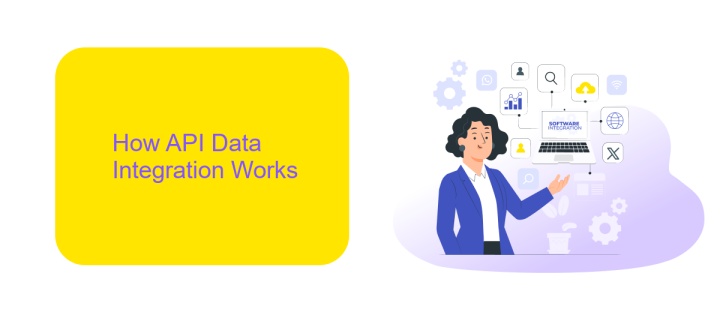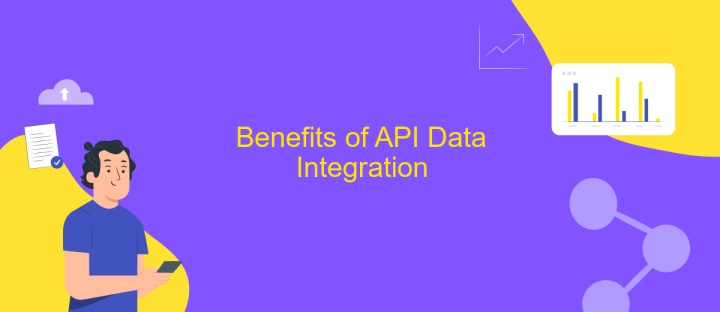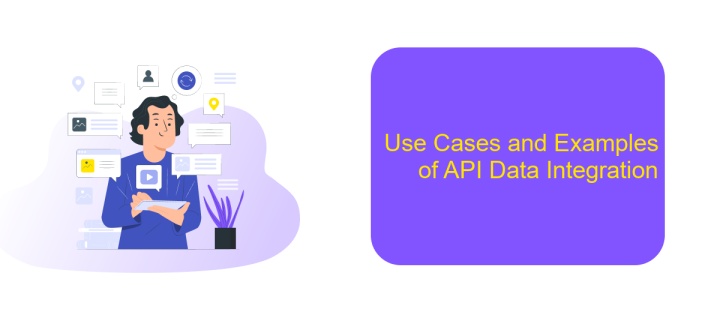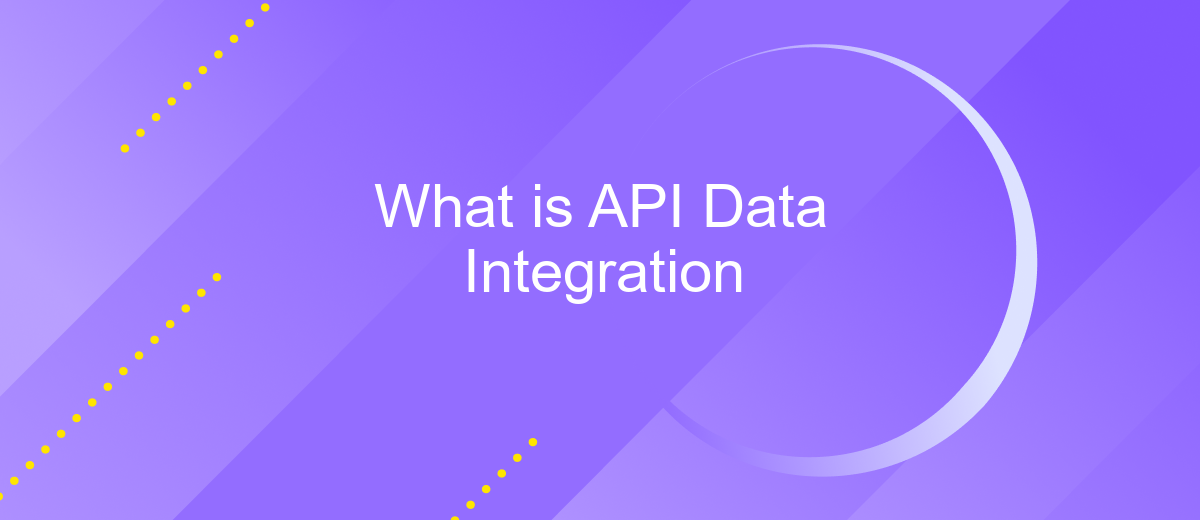What is API Data Integration
API Data Integration is a pivotal process in modern software development, enabling seamless communication between different systems and applications. By allowing data exchange through well-defined interfaces, APIs facilitate the integration of diverse platforms, enhancing functionality and efficiency. This article explores the fundamentals of API Data Integration, its benefits, and how it empowers businesses to streamline operations and innovate in an increasingly interconnected digital landscape.
Understanding API Data Integration
API Data Integration is a process that enables different software systems to communicate and share data seamlessly. By using APIs, businesses can connect disparate systems, allowing them to work together efficiently. This integration facilitates the automation of workflows, enhances data accuracy, and improves overall operational efficiency. It is a critical component for modern businesses looking to leverage multiple software applications without the need for manual data entry or complex custom solutions.
- Facilitates seamless communication between software systems
- Automates data exchange to reduce manual input
- Enhances data accuracy and consistency across platforms
- Improves operational efficiency and workflow automation
- Enables scalable solutions by integrating various applications
Businesses that implement API data integration can benefit from streamlined operations and improved data management. By leveraging APIs, companies can connect their existing systems, integrate new applications, and ensure that data flows smoothly across all platforms. This not only saves time but also reduces errors, allowing businesses to focus on their core activities and strategic goals. As technology continues to evolve, API data integration remains a key enabler for digital transformation and innovation.
How API Data Integration Works

API data integration involves the seamless connection between different software systems, allowing them to exchange data efficiently. This process begins with identifying the specific APIs that need to be integrated. Once identified, developers use these APIs to establish communication protocols that enable data sharing. The integration ensures that data flows smoothly between systems, maintaining consistency and accuracy. This is particularly useful for businesses looking to automate workflows, reduce manual data entry, and enhance operational efficiency.
To simplify the integration process, services like ApiX-Drive offer user-friendly platforms that facilitate the connection of various applications without requiring extensive coding knowledge. ApiX-Drive allows users to set up integrations through a straightforward interface, selecting triggers and actions that define how data should be transferred. This not only speeds up the integration process but also provides flexibility in managing data workflows. By leveraging such services, businesses can focus on strategic objectives while ensuring their systems are interconnected and data-driven.
Benefits of API Data Integration

API data integration has become a cornerstone for modern businesses, offering seamless connectivity between disparate systems. By leveraging APIs, organizations can streamline operations, enhance data accessibility, and drive innovation. This integration allows for real-time data exchange, ensuring that businesses can react swiftly to market changes and customer needs.
- Enhanced Efficiency: Automating data exchange between systems reduces manual intervention, minimizing errors and saving time.
- Scalability: APIs provide a scalable solution, allowing businesses to grow and adapt their data processes without significant overhauls.
- Improved Collaboration: By integrating data, teams across departments can access consistent and accurate information, fostering better collaboration.
- Cost Reduction: By automating processes and improving efficiency, API data integration can lead to significant cost savings.
- Data Security: APIs can enhance data security through controlled access and monitoring, ensuring that sensitive information is protected.
In conclusion, API data integration is a powerful tool that enables businesses to optimize their operations and maintain a competitive edge. By facilitating seamless data flow, it empowers organizations to make informed decisions, streamline processes, and ultimately achieve their strategic objectives.
Use Cases and Examples of API Data Integration

API data integration is a powerful tool that enables seamless communication between different software applications, facilitating the exchange of data and enhancing operational efficiency. By allowing disparate systems to interact, businesses can automate workflows, reduce manual errors, and improve data accuracy. This integration is crucial for organizations looking to streamline processes and enhance customer experiences.
One of the most common use cases for API data integration is in e-commerce, where it connects online stores with payment gateways, inventory management systems, and shipping providers. This ensures real-time updates and smooth transactions. Another example is in the healthcare sector, where APIs integrate patient management systems with electronic health records, enabling better patient care and data accessibility.
- Real-time data synchronization between CRM and marketing platforms
- Automated data transfer from IoT devices to analytics dashboards
- Integration of HR systems with payroll and benefits platforms
API data integration is also pivotal in the finance industry, where it connects banking systems with third-party financial services, offering customers enhanced functionalities like instant payments and account management. Overall, API integration is essential for businesses aiming to innovate and remain competitive in a digital landscape.
- Automate the work of an online store or landing
- Empower through integration
- Don't spend money on programmers and integrators
- Save time by automating routine tasks
Challenges and Best Practices in API Data Integration
API data integration presents several challenges, primarily due to the diversity of APIs and the complexity of data structures. One common issue is the inconsistent data formats across different APIs, which can lead to data mismatches and errors. Additionally, managing authentication and security protocols for various APIs can be cumbersome, requiring constant updates and monitoring. Network latency and downtime also pose significant risks, potentially disrupting data flow and affecting business operations.
To overcome these challenges, adopting best practices is crucial. Standardizing data formats and using middleware solutions can streamline integration processes. Leveraging tools like ApiX-Drive can simplify the setup of API integrations, offering user-friendly interfaces and automation capabilities to reduce manual effort. Implementing robust error-handling mechanisms and maintaining comprehensive documentation are essential for smooth operations. Regularly monitoring API performance and establishing fallback procedures can mitigate the impact of potential downtimes, ensuring reliable data integration.
FAQ
What is API Data Integration?
How does API Data Integration work?
What are the benefits of API Data Integration?
What challenges might one face with API Data Integration?
How can businesses implement API Data Integration effectively?
Apix-Drive is a simple and efficient system connector that will help you automate routine tasks and optimize business processes. You can save time and money, direct these resources to more important purposes. Test ApiX-Drive and make sure that this tool will relieve your employees and after 5 minutes of settings your business will start working faster.


